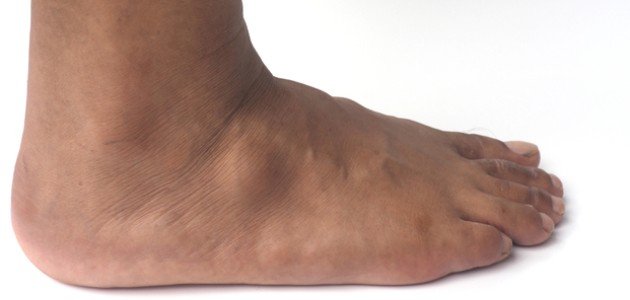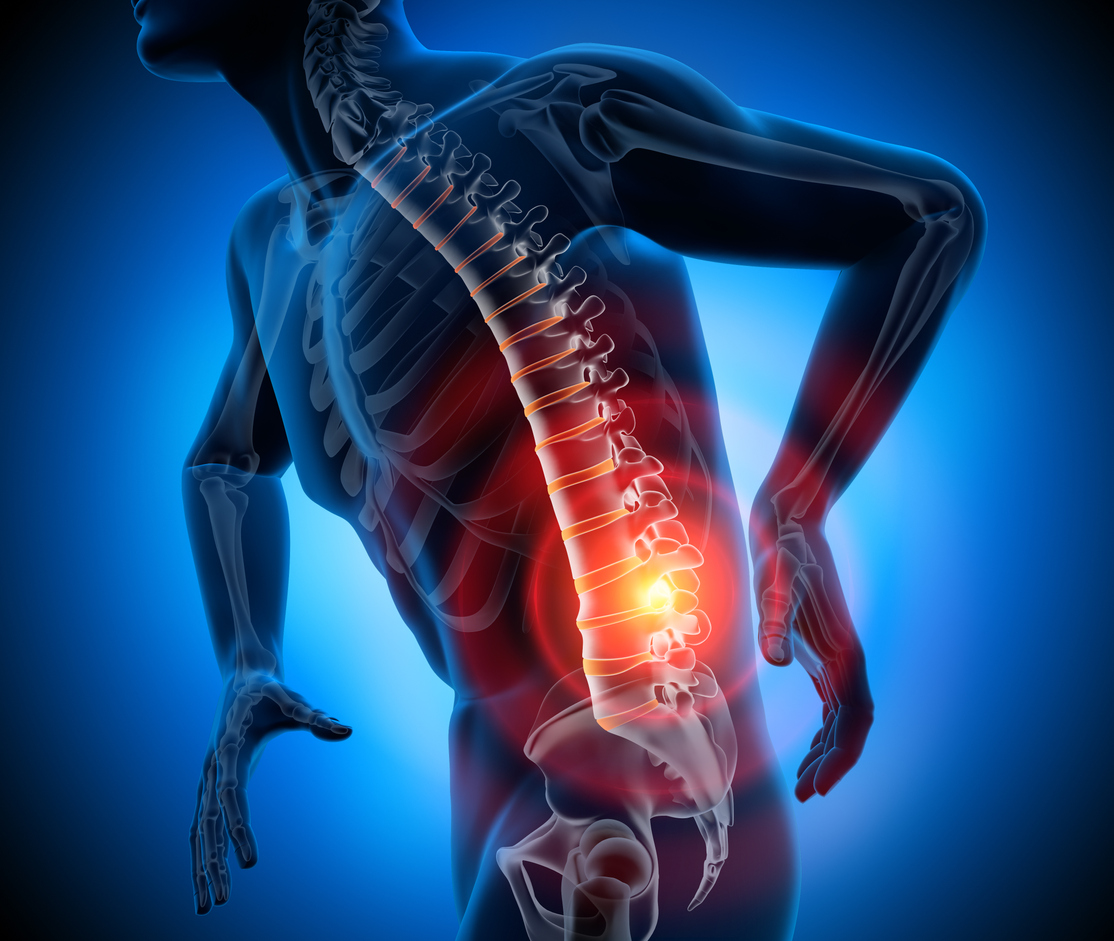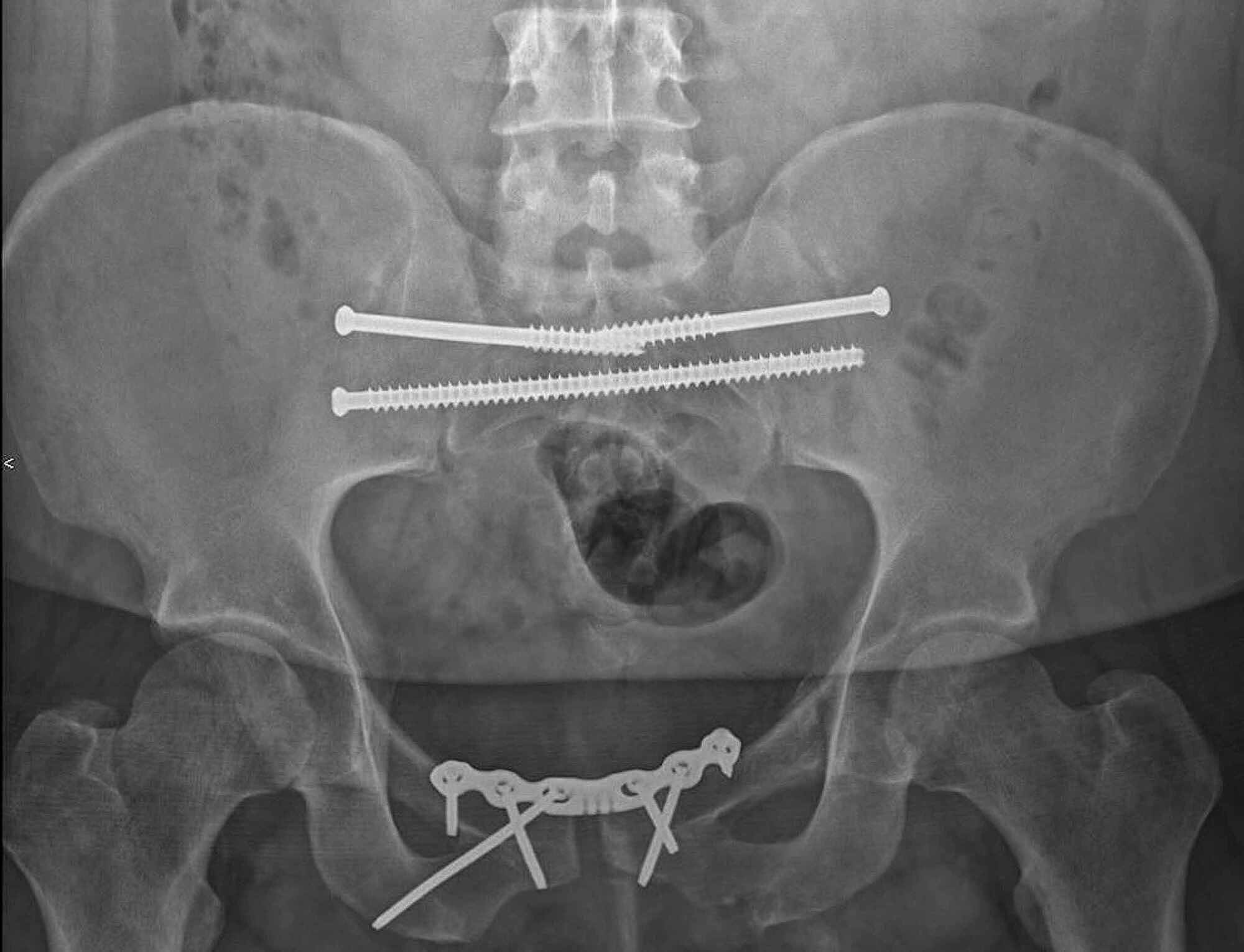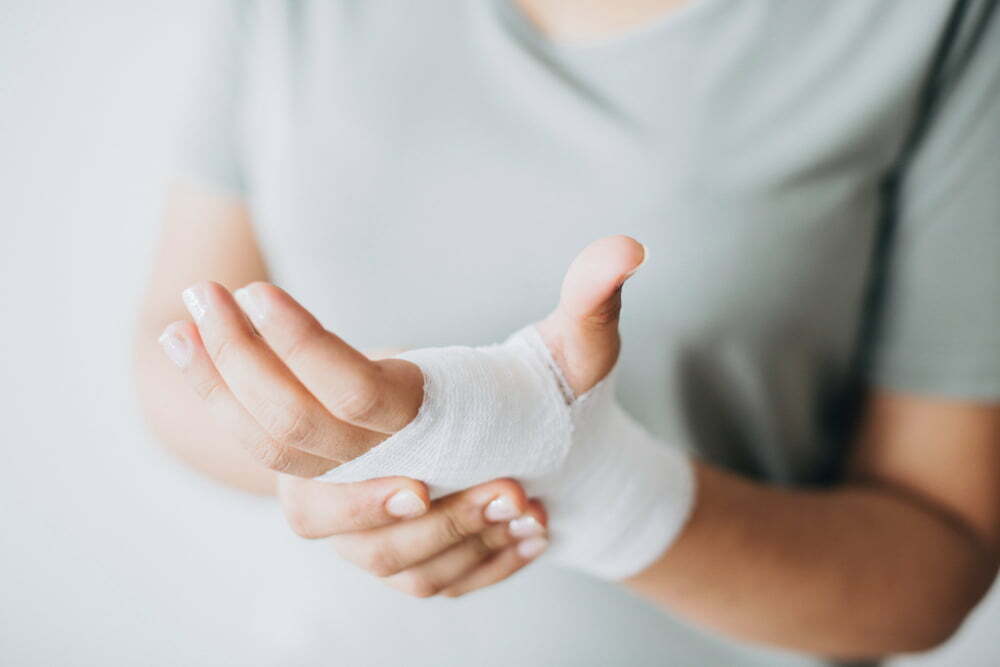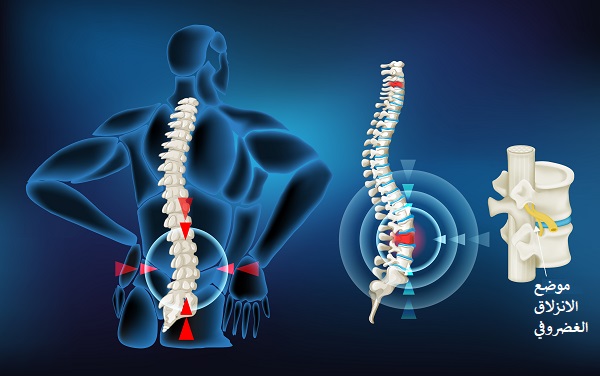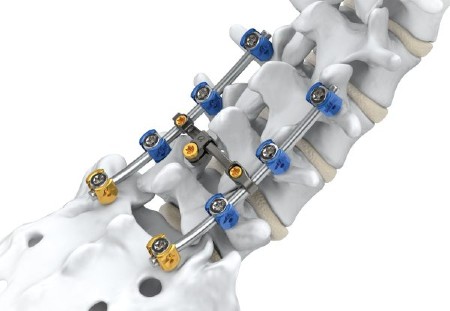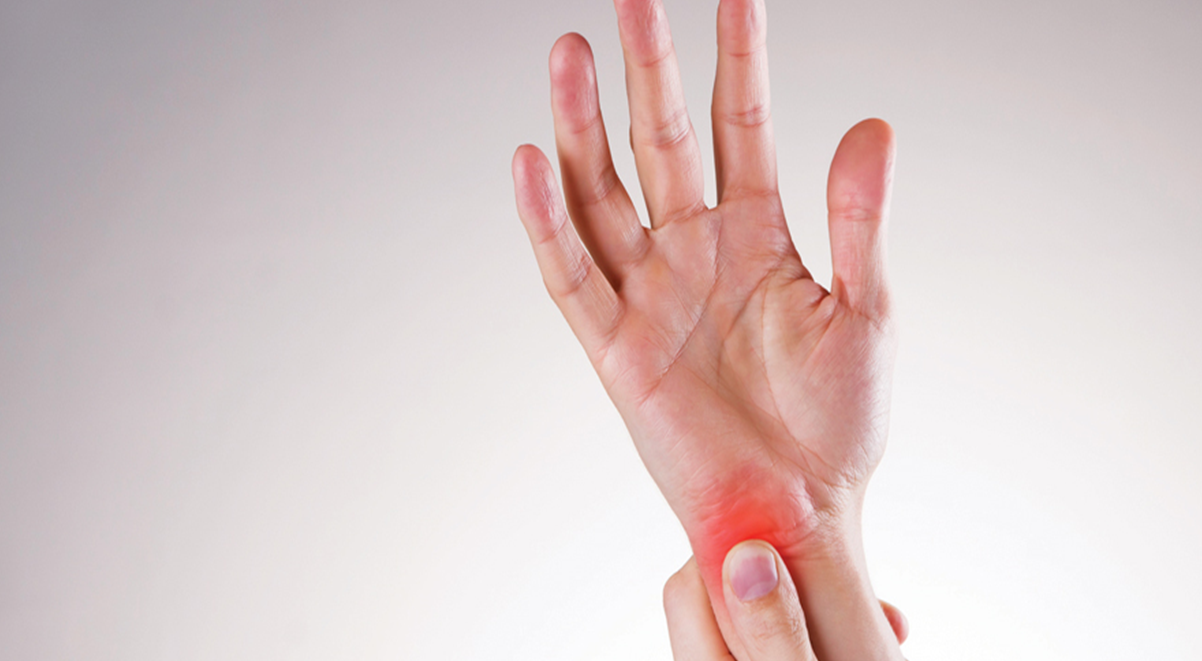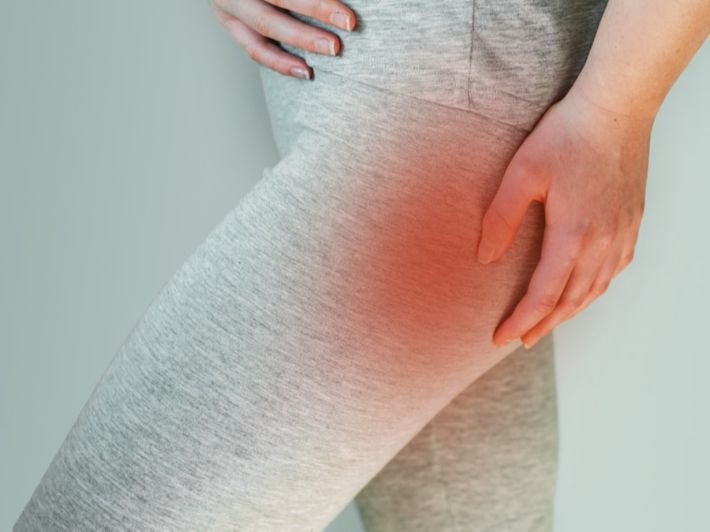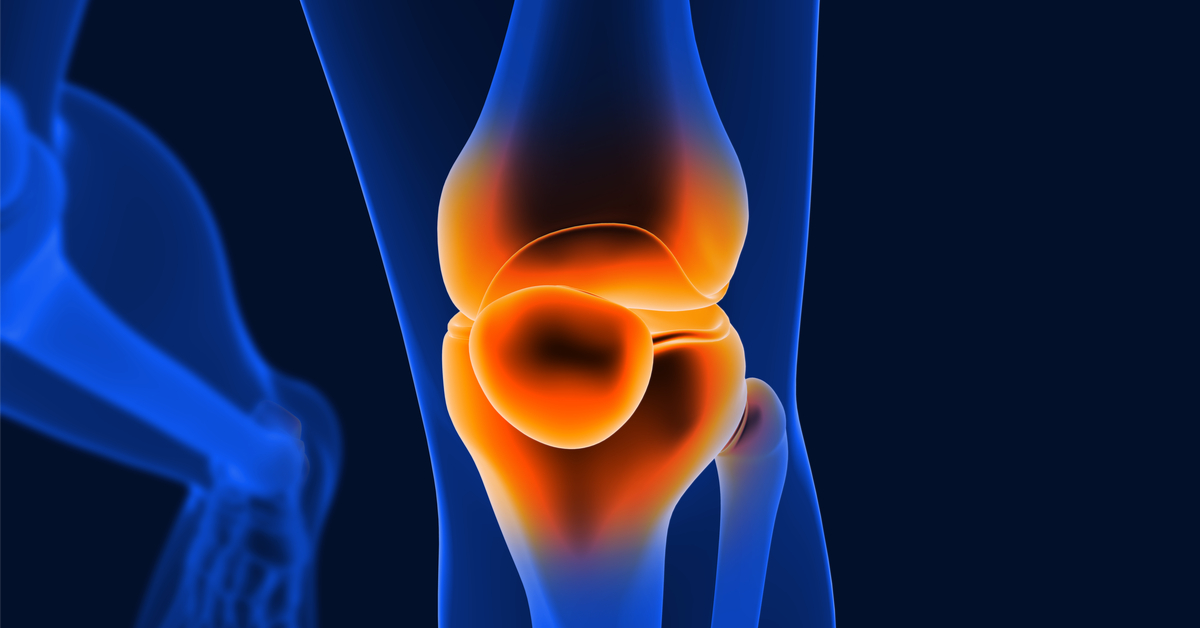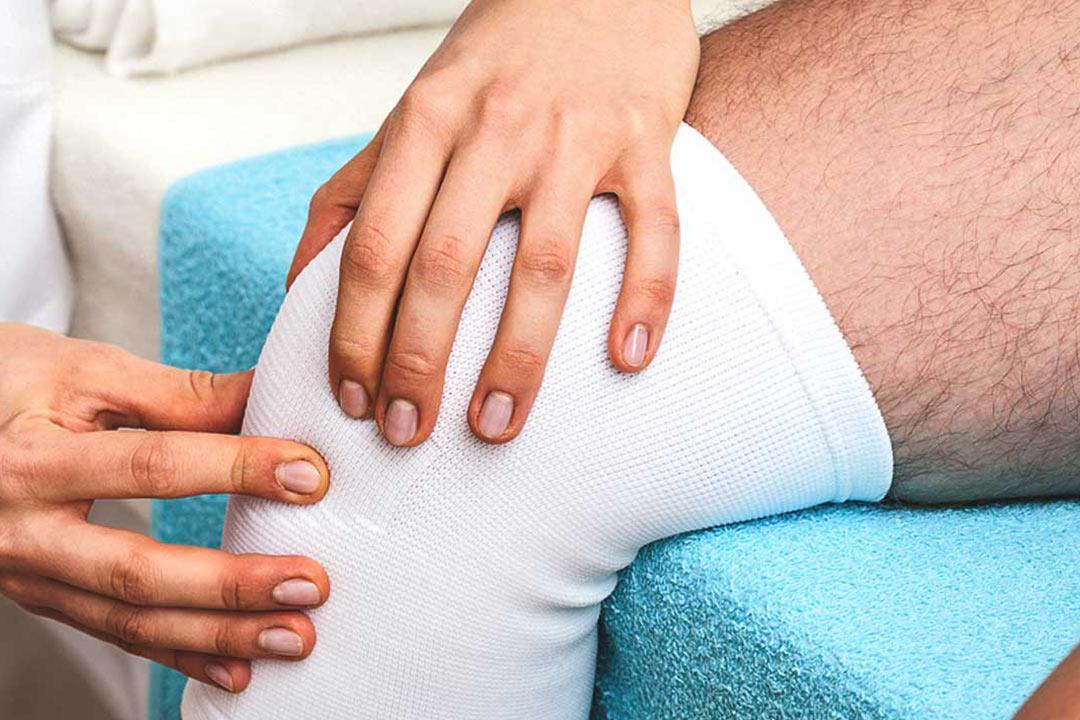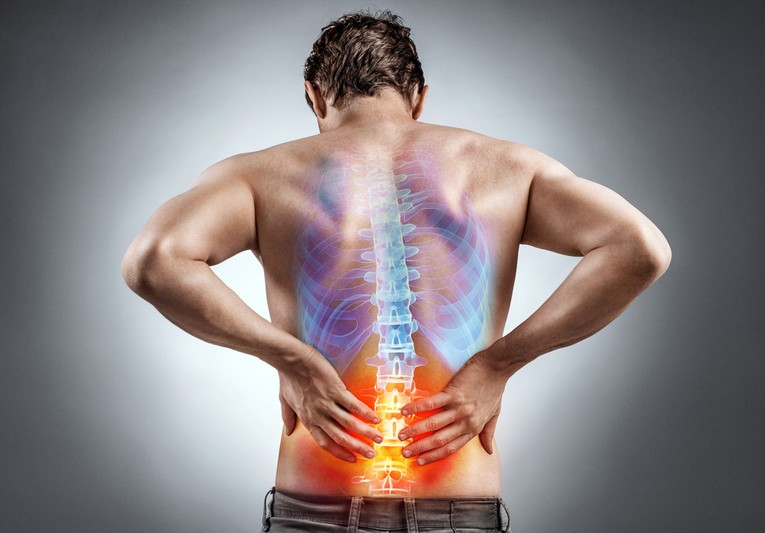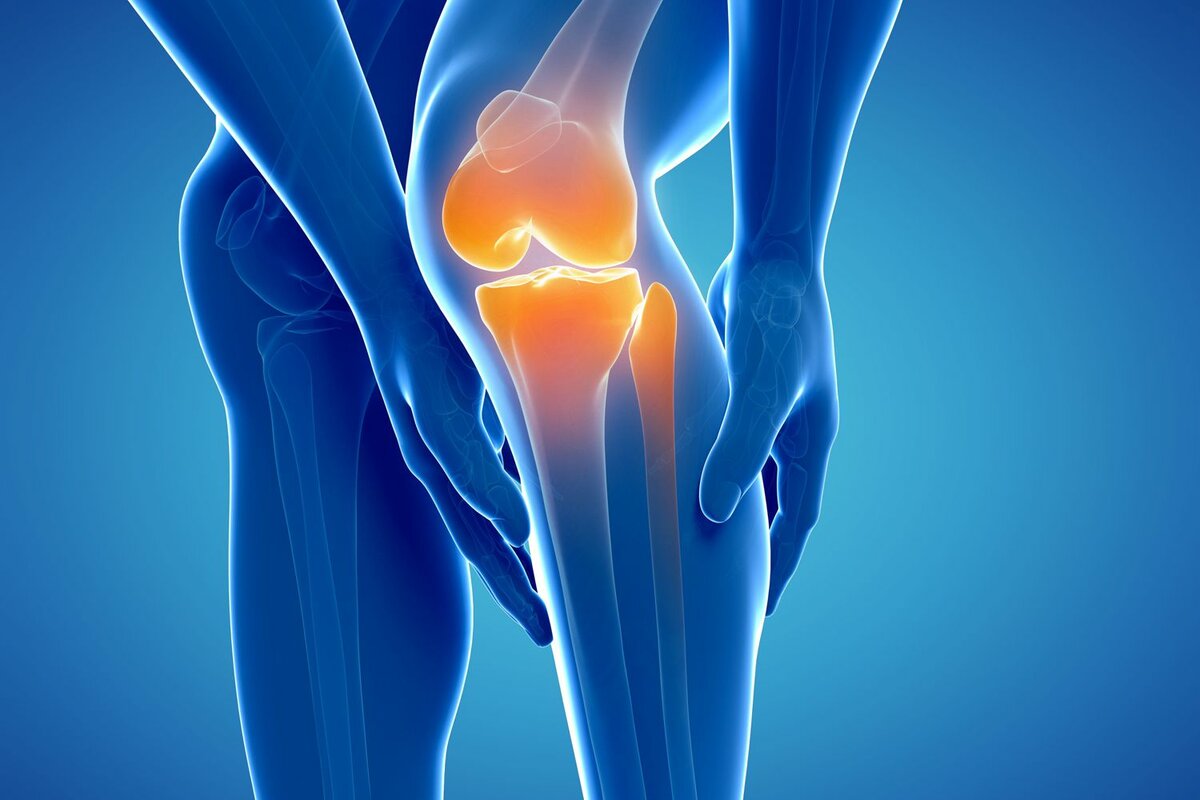!Details about Joint Arthritis Treatment and Prevention Methods
Treatment for Joint Stiffness, this is what we will shed light on through the following paragraphs that address the most important information related to the concept of joint stiffness, its symptoms, and causes, in addition to ways to prevent it and accurately diagnose its stages. So follow us to receive all the latest on this matter.
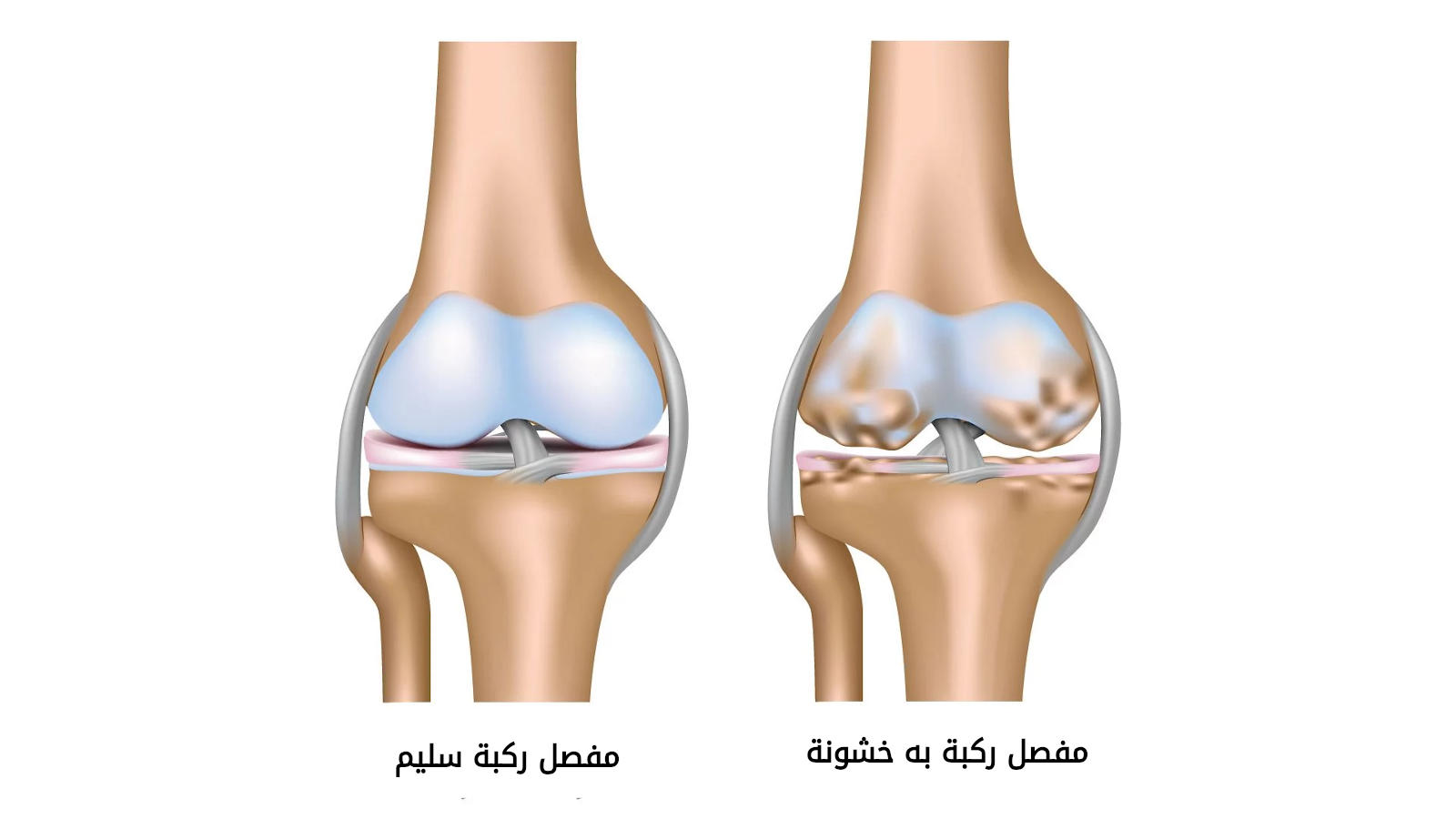
Treatment for Joint Stiffness
Physical Measures
- Physical Therapy: Includes exercises to strengthen the muscles surrounding the affected joint and improve body balance to reduce pressure on the joint.
- Occupational Therapy: Includes guidance on adjusting movement patterns and maintaining proper postures while performing daily activities.
Joint Protection
- Avoid activities that place excessive pressure on the affected joint.
- Use assistive devices such as crutches or walkers to relieve pressure on the joint.
- Use pillows or supports to support the joints while sitting or sleeping.
Appropriate Weight Loss
- Excess weight increases pressure on the joints, so it is recommended to follow a balanced diet and engage in suitable exercise to lose excess weight and reduce pressure on the affected joints.
Medications
- Pain medications can be used to relieve pain associated with joint stiffness.
- Non-steroidal anti-inflammatory drugs (NSAIDs) are prescribed to reduce inflammation and pain.
- Proper guidance is provided on the use of medications and correct dosages for treatment.
Surgery
- When conservative treatment is ineffective, surgery may be the best option.
- Surgical treatment may involve replacing the damaged joint with an artificial joint to improve function and reduce pain.
Alternative Treatments
- Alternative treatments include, but are not limited to, essential oil therapy, herbal remedies, massage, and heat therapy.
- These complementary treatments may have a positive effect on pain and joint inflammation in some cases. However, it is important to consult your doctor before using these treatments.
Consult a Specialist
- Individual cases and appropriate treatment may vary, so it is important to consult an orthopedic specialist to evaluate the condition and guide appropriate treatment.
Get the ideal care and appropriate treatment for joint stiffness problems with Dr. Amr Amal.
What is Knee Osteoarthritis (Joint Stiffness)?
Knee osteoarthritis (joint stiffness) is a condition characterized by difficulty in moving the knee joint and the erosion of cartilage between the joint bones. Knee osteoarthritis can result from several factors, such as excess weight, previous knee injuries, and autoimmune diseases. Osteoarthritis begins when the cartilage deteriorates, which can occur naturally with aging or due to other causes.
The joint surface becomes rougher due to erosion, which can cause cracks and tears in the cartilage, leading to pain and difficulty in movement. Therefore, massage therapy is considered one of the methods used to treat knee osteoarthritis. According to previous studies, massage for one hour per week can help alleviate knee pain and treat stiffness.
Discover the cause behind joint stiffness treatment with guidance from Dr. Amr Amal.
Causes of Joint Stiffness
Joint stiffness is a condition in which the joint cartilage is damaged, and excessive pressure is exerted on the bones due to direct friction. This condition is common among individuals suffering from joint diseases or those who sustain injuries. Here, we will explore some of the common causes of joint stiffness:
- Aging:
Aging is a major factor in the development of joint stiffness. As a person ages, the joint cartilage gradually wears away. This phenomenon affects individuals over the age of 50 more significantly. - Arthritis:
Arthritis, such as rheumatoid arthritis and osteoarthritis, is one of the common causes of joint stiffness. When inflammation occurs in the joints, the cartilage is gradually damaged, leading to pain and difficulty in movement. - Previous Injuries:
Previous injuries to the joints can be a cause of future joint stiffness. When a joint is acutely injured, the cartilage is damaged, increasing the risk of developing joint stiffness later on. - Genetic Factors:
Genetic factors can play a role in increasing the risk of developing joint stiffness. If you have a family member or close relative with this condition, you may have a genetic predisposition to developing joint stiffness. - Excess Weight:
Excess weight is a contributing factor in increasing the risk of joint stiffness. For every extra kilogram of weight, twice as much pressure is exerted on the joints. Therefore, excess weight can lead to cartilage erosion and joint stiffness. - Intense Physical Activities:
Intense and repetitive physical activities can contribute to an increased risk of joint stiffness. Participating in high-impact sports such as football and basketball can lead to cartilage damage over time.
These are some common causes of joint stiffness. It is important to pay attention to joint health and take necessary precautions to avoid this condition, such as engaging in appropriate physical exercises, maintaining a healthy weight, and seeking medical attention for any joint-related symptoms for early diagnosis and treatment.
What are the Symptoms of Joint Stiffness?
Joint stiffness (osteoarthritis) is a common problem affecting many people worldwide. It can be difficult for those suffering from joint stiffness to perform daily activities due to pain, which affects their quality of life. In this article, we will discuss the most prominent symptoms that may indicate joint stiffness:
- Joint Pain:
Joint pain is one of the most prominent symptoms experienced by those with joint stiffness. You may experience constant pain in the affected joint, or the pain may worsen when attempting to move the body or perform activities such as walking or lifting heavy objects. - Joint Swelling:
Joint stiffness causes the affected joint to swell and increase in size. You may feel a swelling in the painful joint and also notice redness in the affected area. - Difficulty in Movement:
Joint stiffness affects a person’s ability to move easily. You may experience difficulty bending or extending the affected joint and find it challenging to perform normal daily movements. - Joint Crepitus (Crackling Sound):
You may notice a crackling sound when moving the affected joint. Although it may not be painful, this sound is a common symptom of joint stiffness. - Reduced Flexibility:
Joint stiffness causes reduced flexibility and the ability to walk or perform daily movements easily. You may find it difficult to move the joint and feel unable to fully extend or bend it. - Morning Stiffness:
Many people with joint stiffness experience morning stiffness, where pain and difficulty in movement are more pronounced in the morning. It may take some time for the joint to move easily after waking up from sleep.
If you are experiencing these symptoms, it is important to consult a doctor for an accurate diagnosis and appropriate treatment. Doctors can provide suitable treatments to alleviate pain and increase joint flexibility, such as anti-inflammatory medications and physical therapy. The doctor can also guide you on appropriate exercises you can practice to improve your condition. You can get rid of joint stiffness with the care and guidance of Dr. Amr Amal.

What are the Complications of Joint Stiffness?
Joint stiffness (osteoarthritis) is a painful and distressing health condition, where the cartilage in the joint deteriorates, leading to bone friction and the spread of pain. In addition to the major impact on the affected person’s life, joint stiffness can also be a potential cause of other health complications. In this article, we will take a look at some common complications of joint stiffness and how to deal with them:
- Swelling and Inflammation:
- Swelling and inflammation can occur around the joints affected by joint stiffness.
- Swelling often occurs due to the accumulation of fluids in the tissues surrounding the inflamed joint.
- Swelling is likely to be painful and may limit joint movement.
- Restricted Joint Movement:
- People with joint stiffness suffer from restricted movement in the affected joints.
- Cartilage erosion and bone protrusion make movement difficult and can lead to joint stiffness in some cases.
- This restriction can affect the ability to perform daily activities easily, such as walking, climbing, and moving around.
- Growth Changes:
- In cases of long-term joint stiffness and lack of early diagnosis or treatment, changes in the shape and size of the affected joints may occur.
- The joints may become disproportionate and exceed their normal size, leading to joint deformity and loss of normal function.
- Bone Spurs:
- Bone spurs (the formation of new bone growth) are a common complication of joint stiffness.
- Bone spurs occur as a result of the continuous erosion of cartilage and bone protrusion in the affected joint.
- New bone growth can hinder the normal movement of the joints and increase the accompanying pain of stiffness.
If you suffer from joint stiffness, you should consult a specialist to obtain an accurate diagnosis and appropriate treatment. The treatment plan may include medication, physical therapy, lifestyle changes such as weight loss and suitable exercise. If you want to learn more about the complications of joint stiffness, click here.
How is Joint Stiffness Diagnosed?
Joint stiffness cannot be accurately diagnosed except by specialized doctors. However, there are some general guidelines that can help direct those experiencing potential symptoms of joint stiffness. Here is a guide to help diagnose this condition:
1. Pay Attention to Symptoms:
When feeling pain with movement or after physical activity, which subsides after rest, the pain may be caused by joint stiffness. It is important to know whether the pain is present in a single joint or multiple joints at the same time.
2. Look for Swelling:
Joint swelling is another sign that may indicate joint stiffness. Swelling and redness may occur in the affected joint, and the swelling may be painful or painless.
3. Inquire About Crepitus:
When there is bone-on-bone contact, the phenomenon of crepitus occurs. If you hear a crackling sound while moving your joint, it may be a sign of joint stiffness.
4. Seek Medical Advice:
If the aforementioned symptoms are present, it is advisable to consult a rheumatologist or orthopedic surgeon to accurately assess the condition. A comprehensive examination of the painful joints and specialized tests will be performed to confirm the diagnosis.
5. Radiographic Examination:
The diagnostic process may include taking an X-ray of the affected joints. The X-ray reveals details of the bone structure and joint components, aiding in the accurate diagnosis of joint stiffness.
6. Additional Tests:
In some cases, additional tests such as magnetic resonance imaging (MRI) or ultrasound may be requested to determine the extent of damage to the tissues surrounding the joint.
After an accurate diagnosis, the doctor can determine the appropriate treatment plan for the patient. Available treatments may include pain medications, physical therapy, suitable exercises, and in some specific cases, surgery to replace the damaged joint.
How to Prevent Joint Stiffness
When the knee joint is affected by stiffness, it can have a significant impact on daily movement and comfort. Therefore, preventing joint stiffness is important for maintaining joint health and delaying the development of associated problems. Here is a guide on how to prevent joint stiffness:
- Exercise:
Engaging in light and low-impact exercises is an essential part of joint protection. It is recommended to practice exercises aimed at strengthening the muscles surrounding the joint and increasing flexibility. Some beneficial exercises include brisk walking, stationary cycling, and swimming. High-impact exercises that place excessive stress on the joints, such as running on pavement or jumping, should be avoided as they can contribute to cartilage damage. - Maintain a Healthy Weight:
Excess weight puts additional pressure on the joints, especially the knee joint. Therefore, it is recommended to follow a healthy diet and maintain a suitable weight. This can be achieved by consuming nutritious foods like fruits and vegetables, and avoiding foods high in saturated fats, sugars, and salt. It is also important to limit large meal portions and control portion sizes. - Maintain Proper Posture:
Avoiding prolonged periods in the same position can increase the risk of joint stiffness. When sitting for an extended period, it is best to change the body’s position frequently and stand up to move around. Comfortable pillows or cushions can be used to support the joints and reduce pressure on them while sitting. - Consume an Anti-inflammatory Diet:
Research shows that some foods can contribute to reducing joint inflammation. It is recommended to consume foods that contain natural anti-inflammatory properties, such as fresh fruits and vegetables, fatty fish like salmon and tuna, and supplements like glucosamine and omega-3. It is best to consult a doctor before taking dietary supplements. - Maintain Body Flexibility:
Maintaining body flexibility is important for preserving joint health. This can be achieved through practicing stretching exercises like yoga and meditation. These exercises help improve muscle and joint flexibility, reduce tension, and relieve spasms. - Keep Joints Lubricated:
Drinking adequate amounts of water can help keep the joints lubricated. It is recommended to drink at least 8 cups of water daily. You can also drink iced green tea or herbal teas to help reduce joint inflammation.
By following these guidelines, the risk of joint arthritis can be reduced, and joint health can be maintained for a longer period. However, it is essential to consult a doctor before starting any exercise program or making changes to the diet to ensure compatibility with personal health conditions, and you can get comprehensive treatment for joint arthritis with Dr. Amr Amal.
How to Increase Fluid between Joints?
Preserving an adequate amount of synovial fluid between joints is crucial for joint health and ensuring their safety. To increase the amount of this fluid, some simple and effective measures can be followed.
- Firstly, it is recommended to drink sufficient amounts of water daily, as adequate hydration helps increase joint lubrication and production of more synovial fluid.
- Regular physical exercise is also an important way to increase joint blood flow and provide proper nourishment, which helps in secreting more synovial fluid.
- However, it is important to consult a doctor before starting any type of physical exercise, as they can determine the appropriate activities for each individual’s condition.
- Avoiding some habits that negatively affect synovial fluid quantity, such as smoking and alcohol consumption, is necessary as they reduce synovial fluid production in joints.
- Additionally, consulting specialized doctors for using certain medications that help increase synovial fluid in joints is advisable. It is important to avoid using aspirin for this purpose as it is ineffective and may cause toxic effects.
Individuals with decreased synovial fluid should adopt a healthy lifestyle, including drinking sufficient water, regularly exercising, and avoiding habits that negatively impact synovial fluid quantity. When needed, consulting specialized doctors for proper treatment is essential.
What Is the Best Oil for Joint Arthritis?
Fish Oil
- The best oil for joint arthritis is fish oil containing Omega-3 fatty acids. Fish oil is a rich source of these fatty acids, which help reduce joint inflammation and improve the condition of damaged joints.
- Fish oil has anti-inflammatory properties that help relieve arthritis symptoms. Regular consumption of fish oil can reduce swelling and pain associated with arthritic joints.
- Fish oil is effective in lubricating dry joints suffering from osteoporosis or overuse. The fatty acids in fish oil help increase joint flexibility and improve movement, reducing pain and stiffness.
- Fish oil is also beneficial for heart health, as it helps reduce harmful cholesterol levels in the body and improves artery function. The fatty acids in fish oil reduce plaque formation in arteries and improve blood flow to joints, promoting joint health and reducing arthritis.
- Moreover, fish oil is good for mental health as well. Omega-3 in fish oil enhances cognitive and emotional functions and can contribute to reducing depression and anxiety associated with joint arthritis.
- It is important to consult a doctor before consuming any oils or dietary supplements. There may be some side effects or drug interactions that need to be considered.
Consult Dr. Amr Amal to determine the precise causes for treating joint arthritis.

Who Is the Best Doctor for Joint Arthritis Treatment in Cairo?
Dr. Amr Amal is a Professor of Surgery and Advanced Training in Orthopedic Diseases at Cairo University. He has a good reputation and extensive experience in treating joint arthritis, having performed many successful operations for osteoarthritis patients in Cairo’s healthcare centers.
Dr. Amr Amal has conducted numerous research studies aimed at improving joint arthritis treatment methods and providing tailored care for patients. His medical practice relies on the latest innovative techniques and surgical methods, ensuring effective results and a positive experience for patients.
Furthermore, Dr. Amr Amal possesses excellent communication skills and provides personalized care to each patient. He is particularly interested in understanding patients’ needs and health problems, offering them necessary guidance and professional advice to choose the appropriate treatment for their condition. When patients deal with Dr. Amr Amal, they feel comfortable and confident in his abilities and expertise, which motivates them to trust him and work with him to alleviate pain and improve their health condition.
Dr. Amr Amal is considered one of the best specialized doctors for treating joint arthritis in Cairo. He combines scientific and surgical expertise with personalized care, earning the trust of many patients and the medical community alike.




